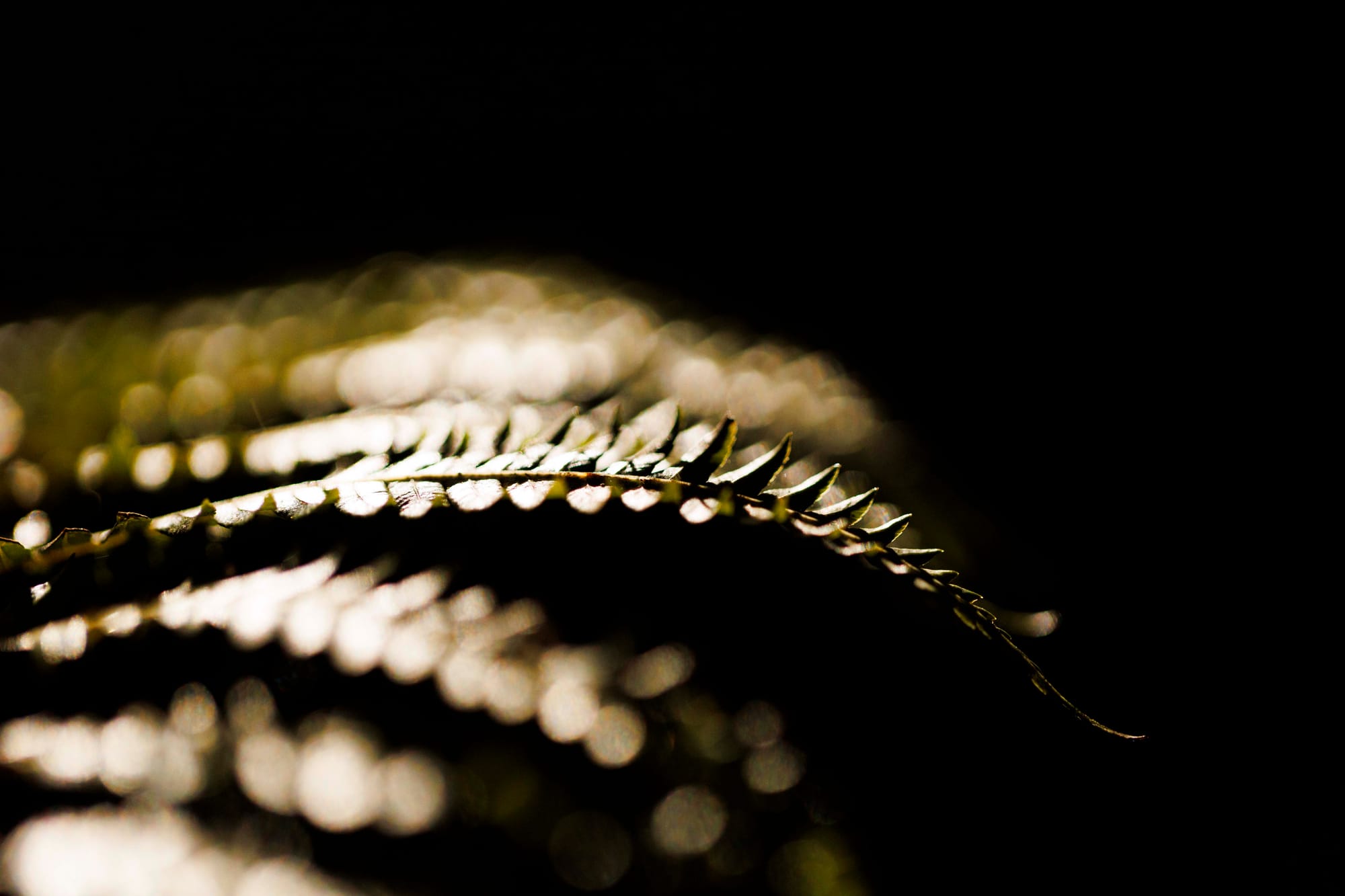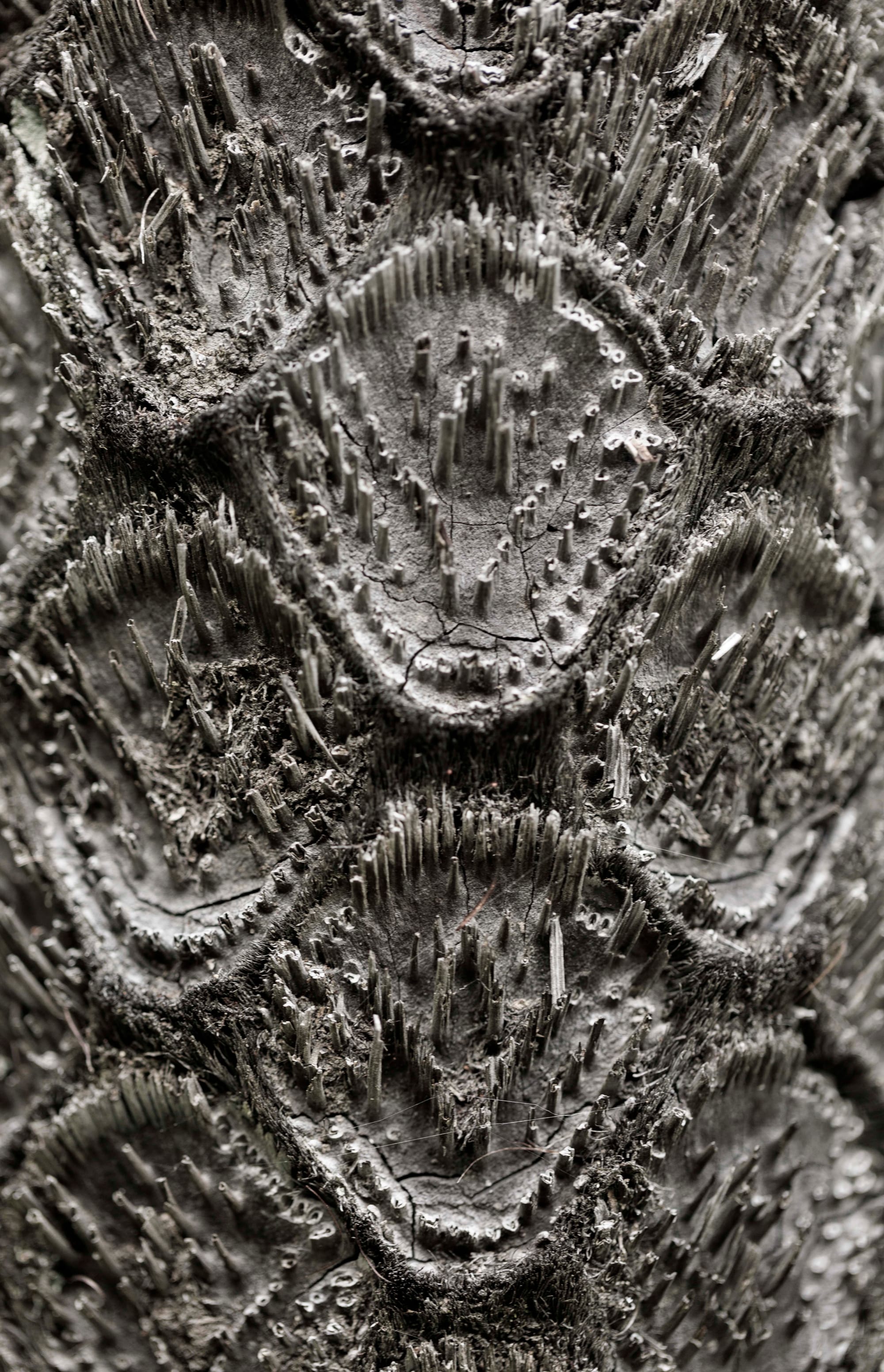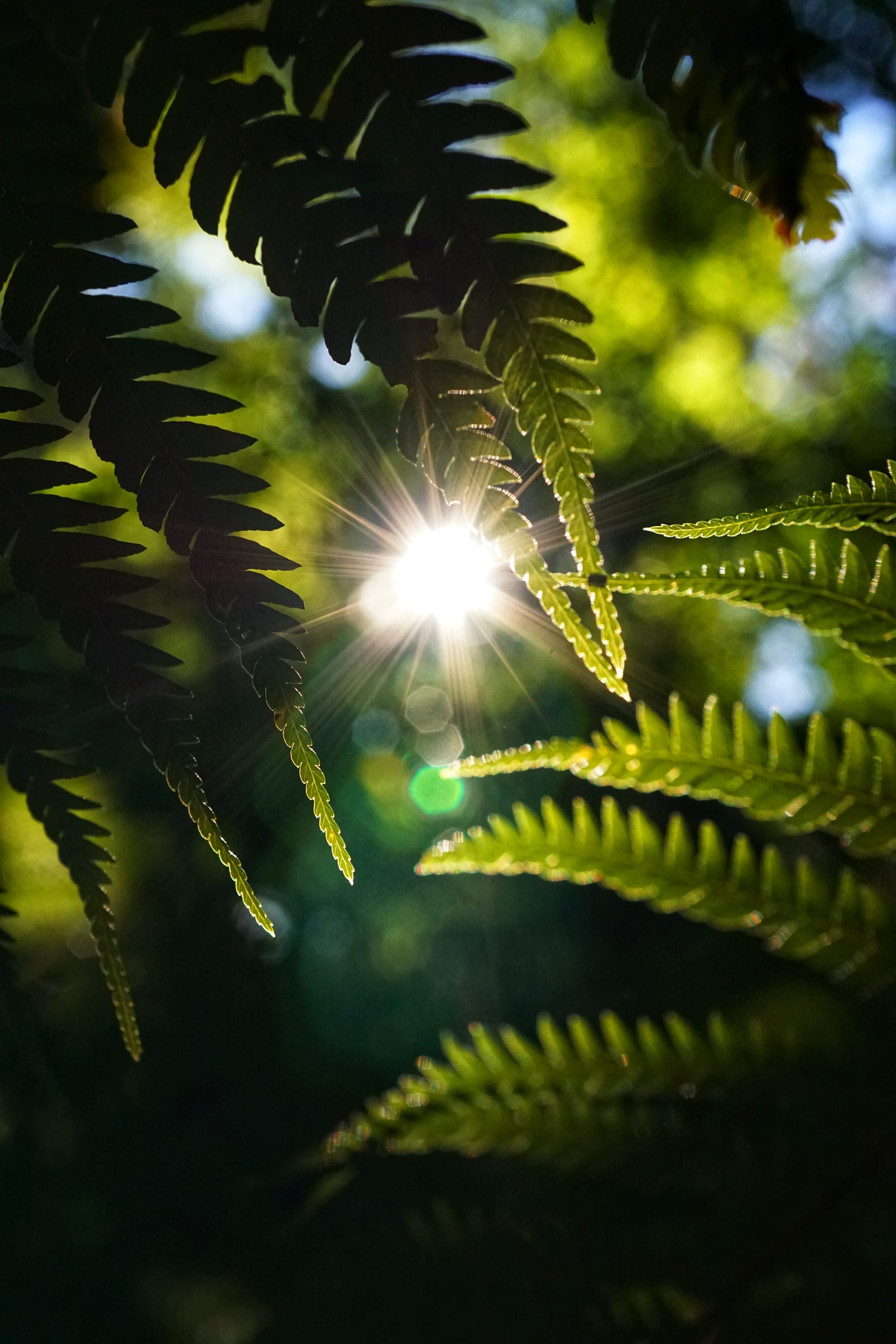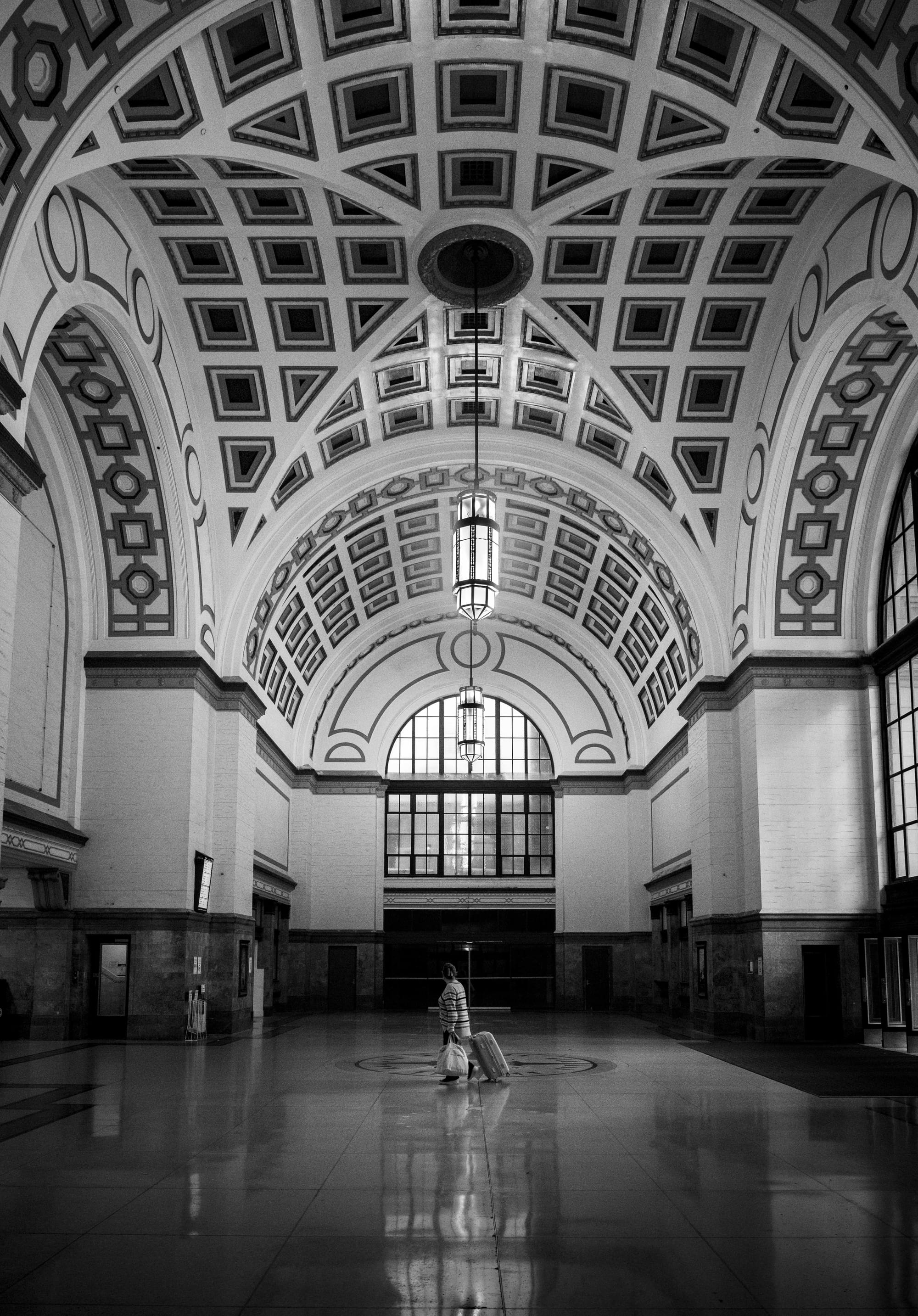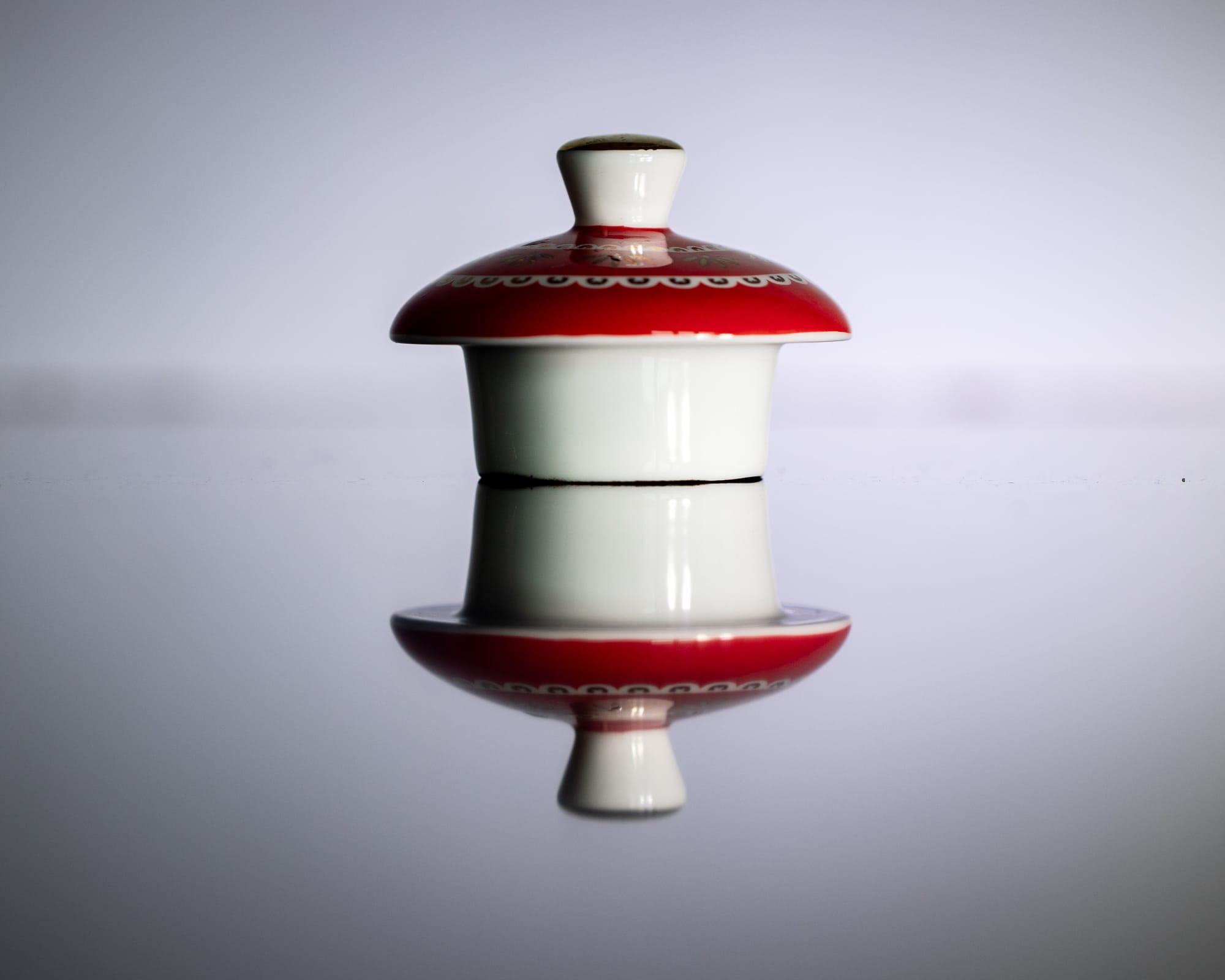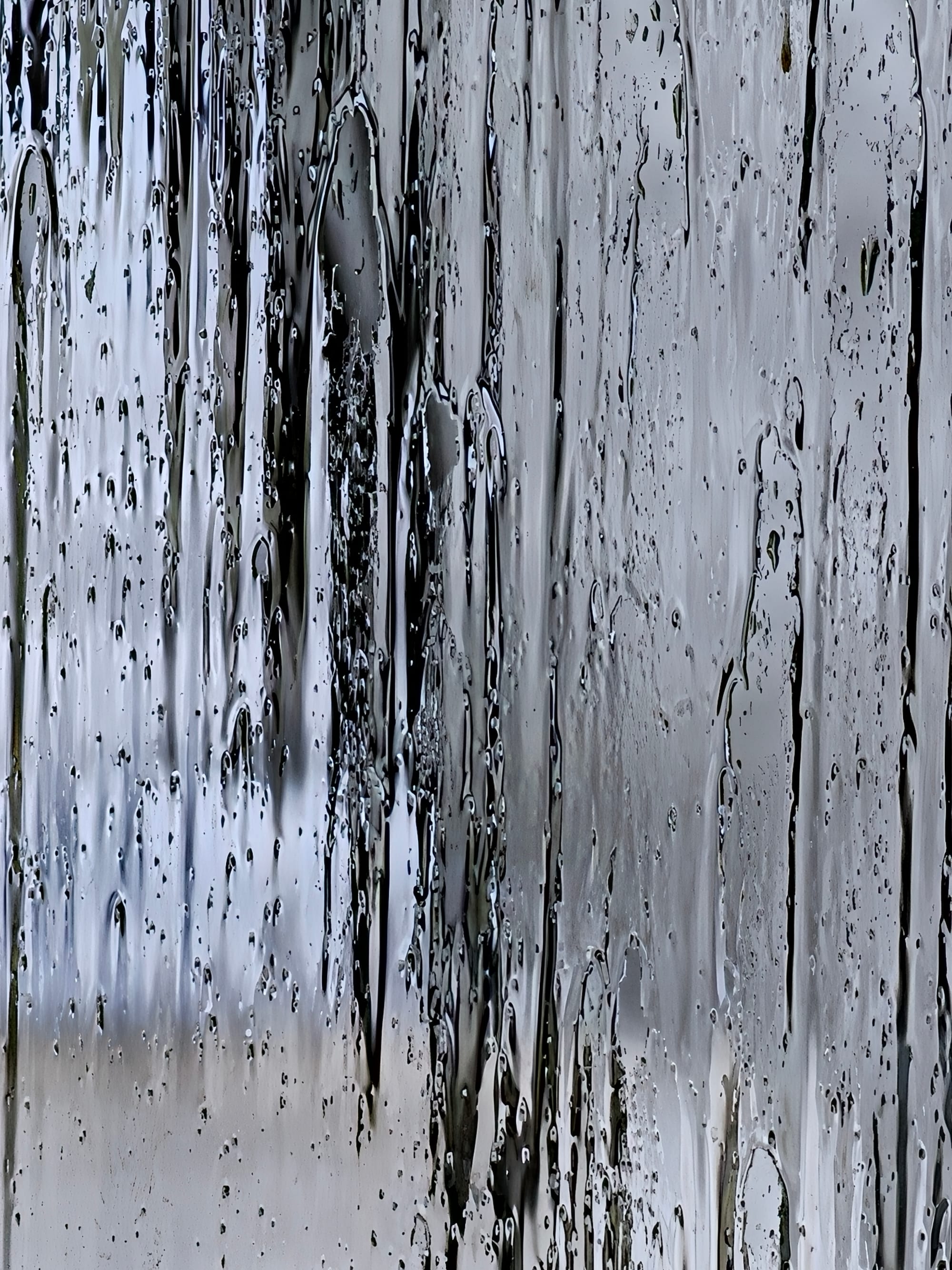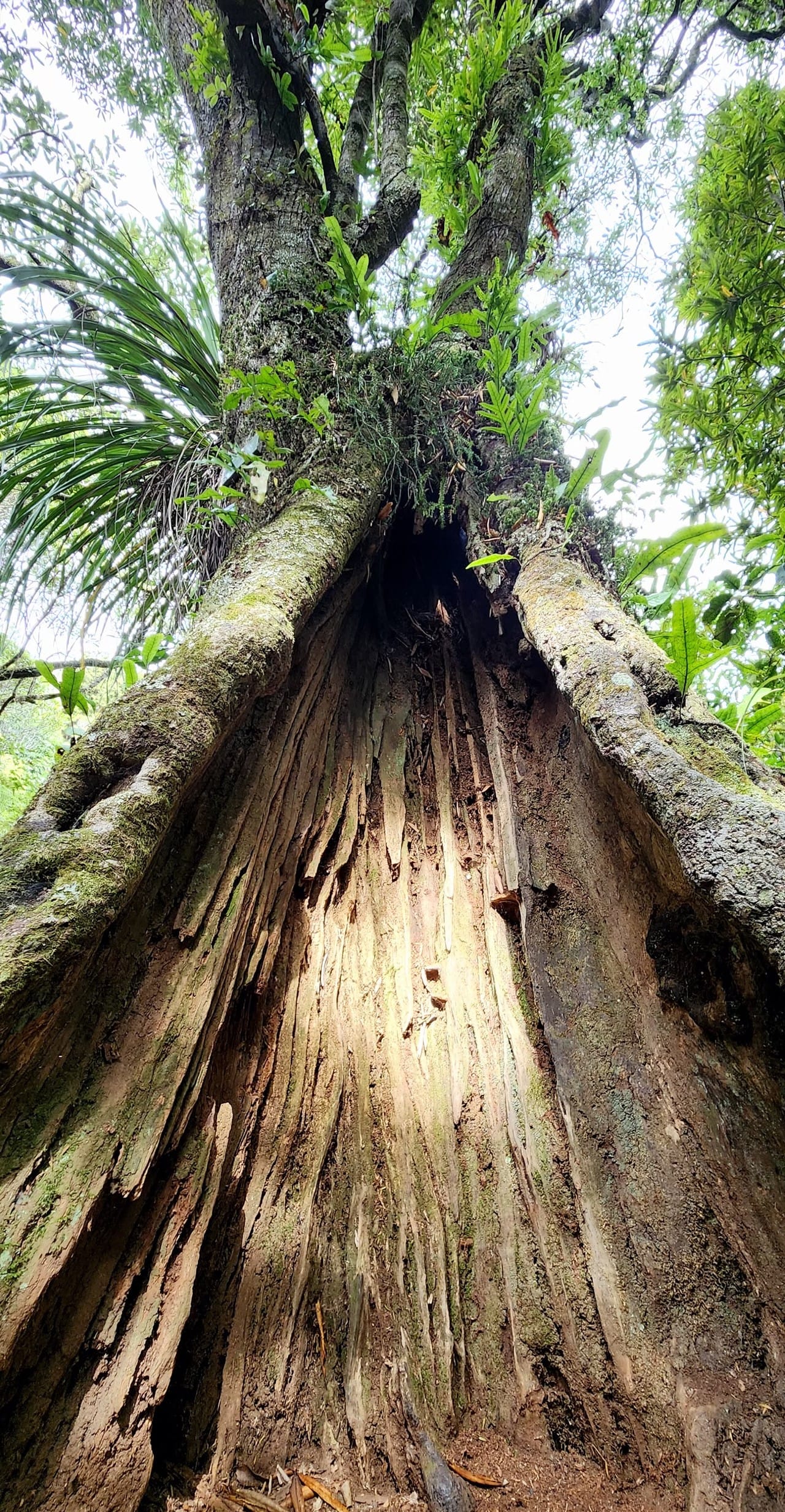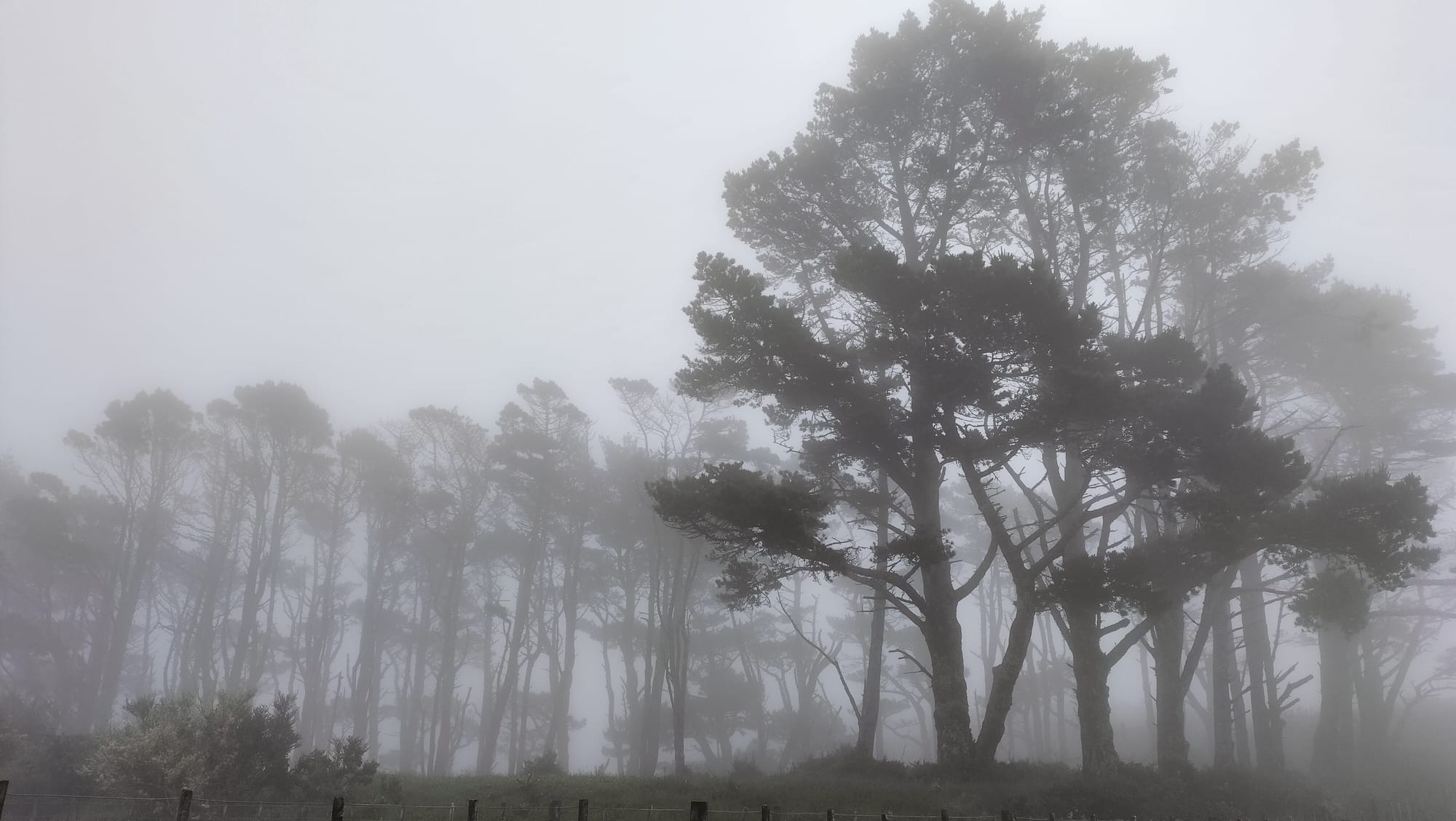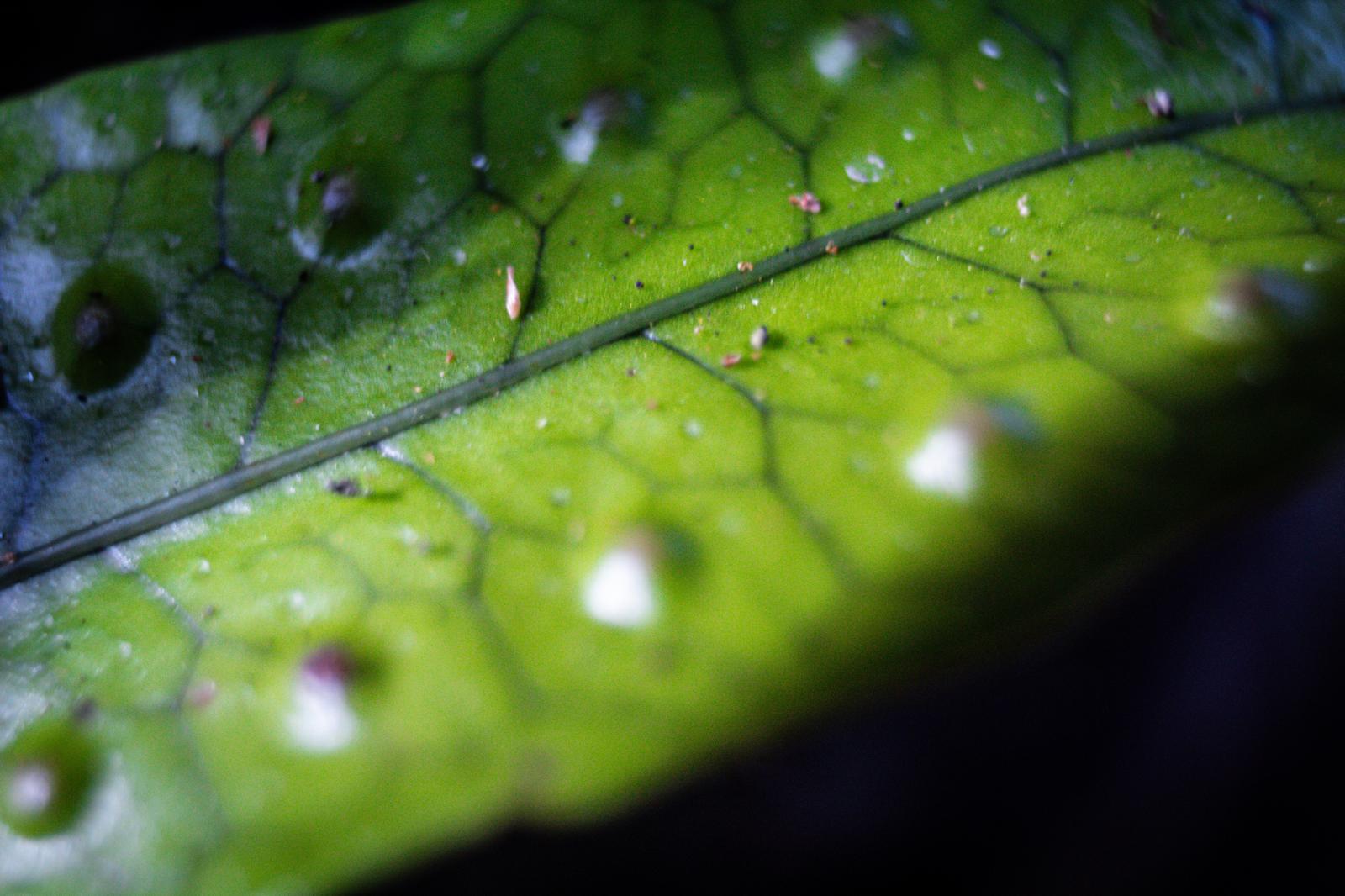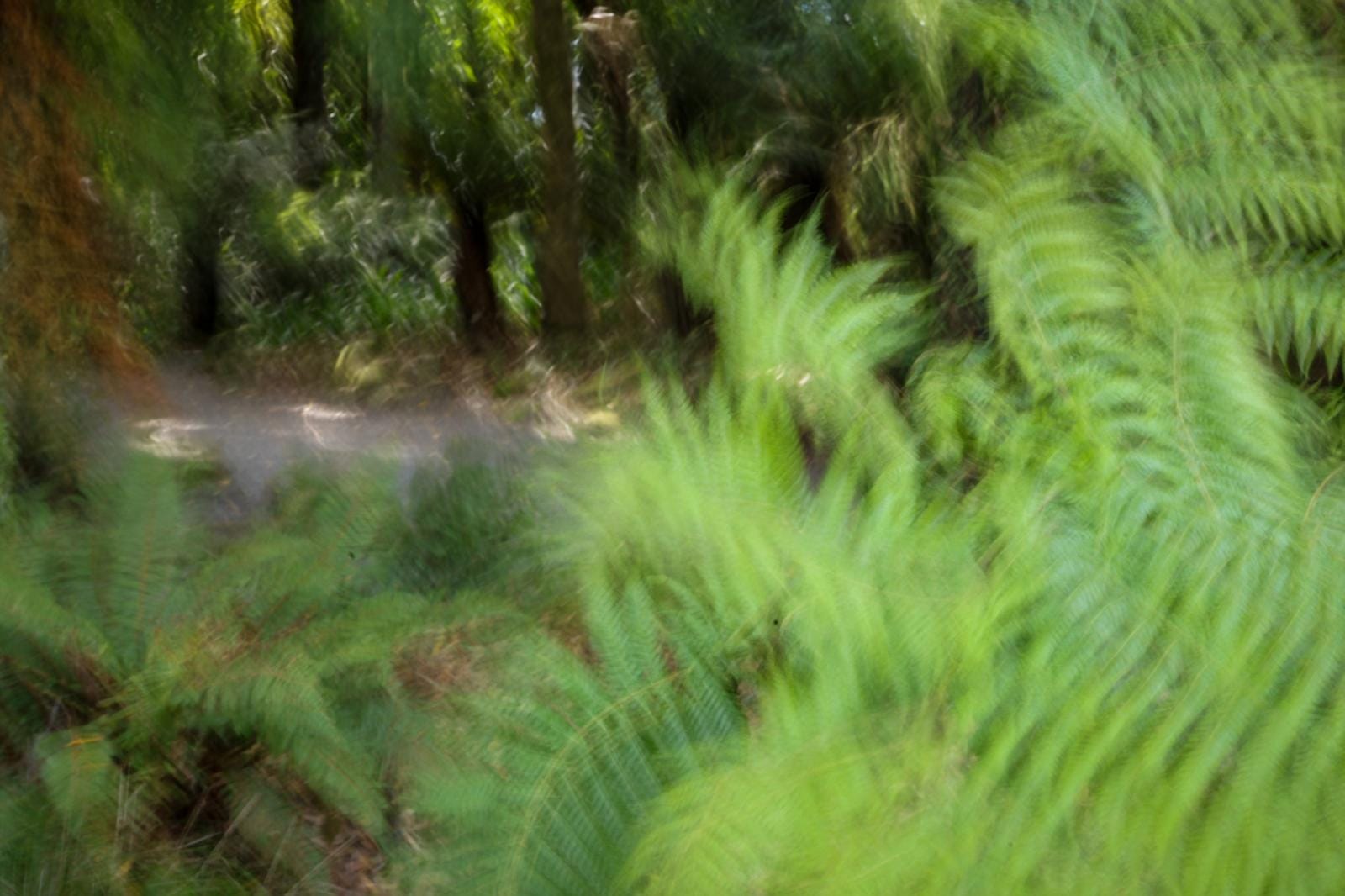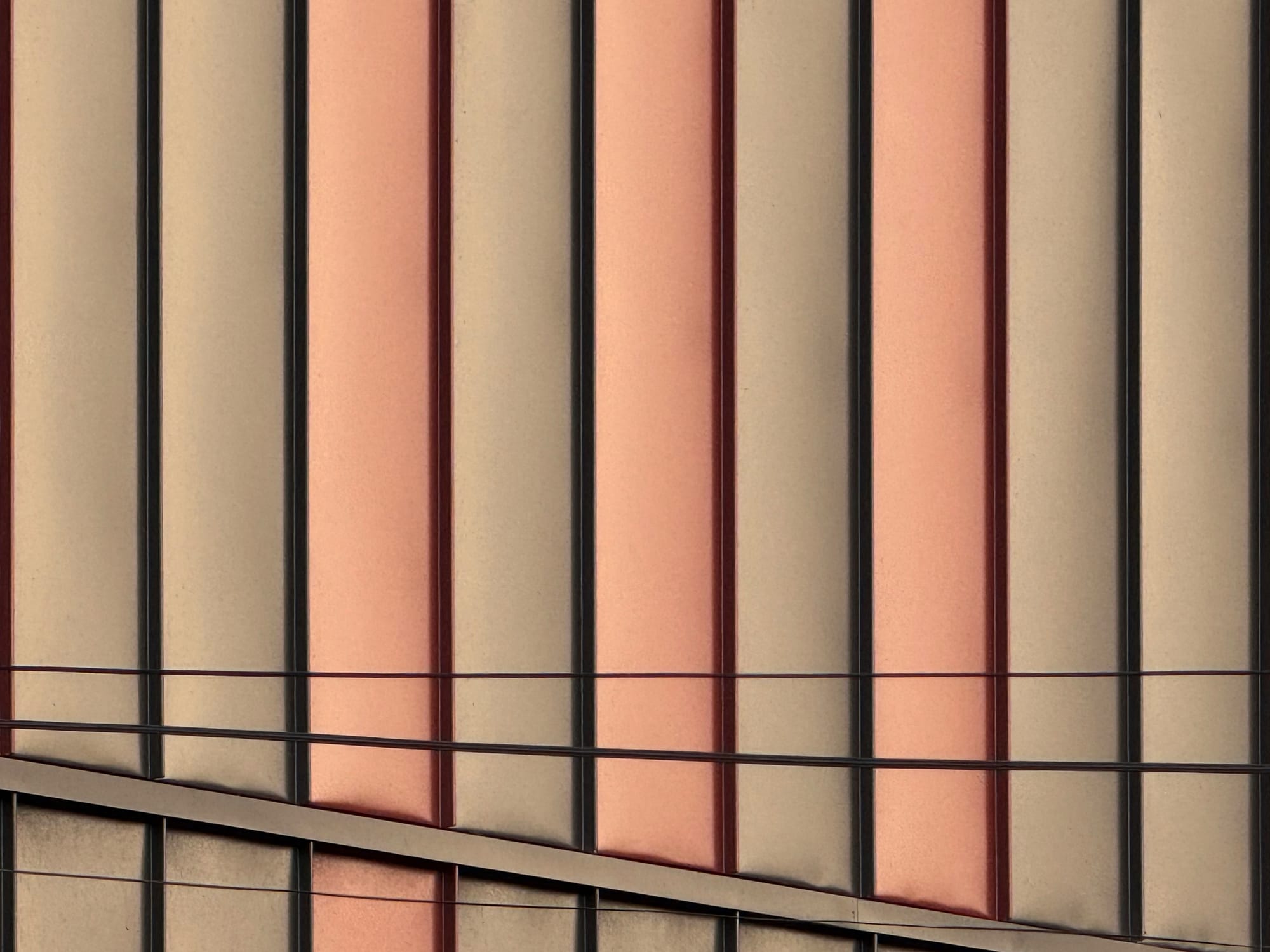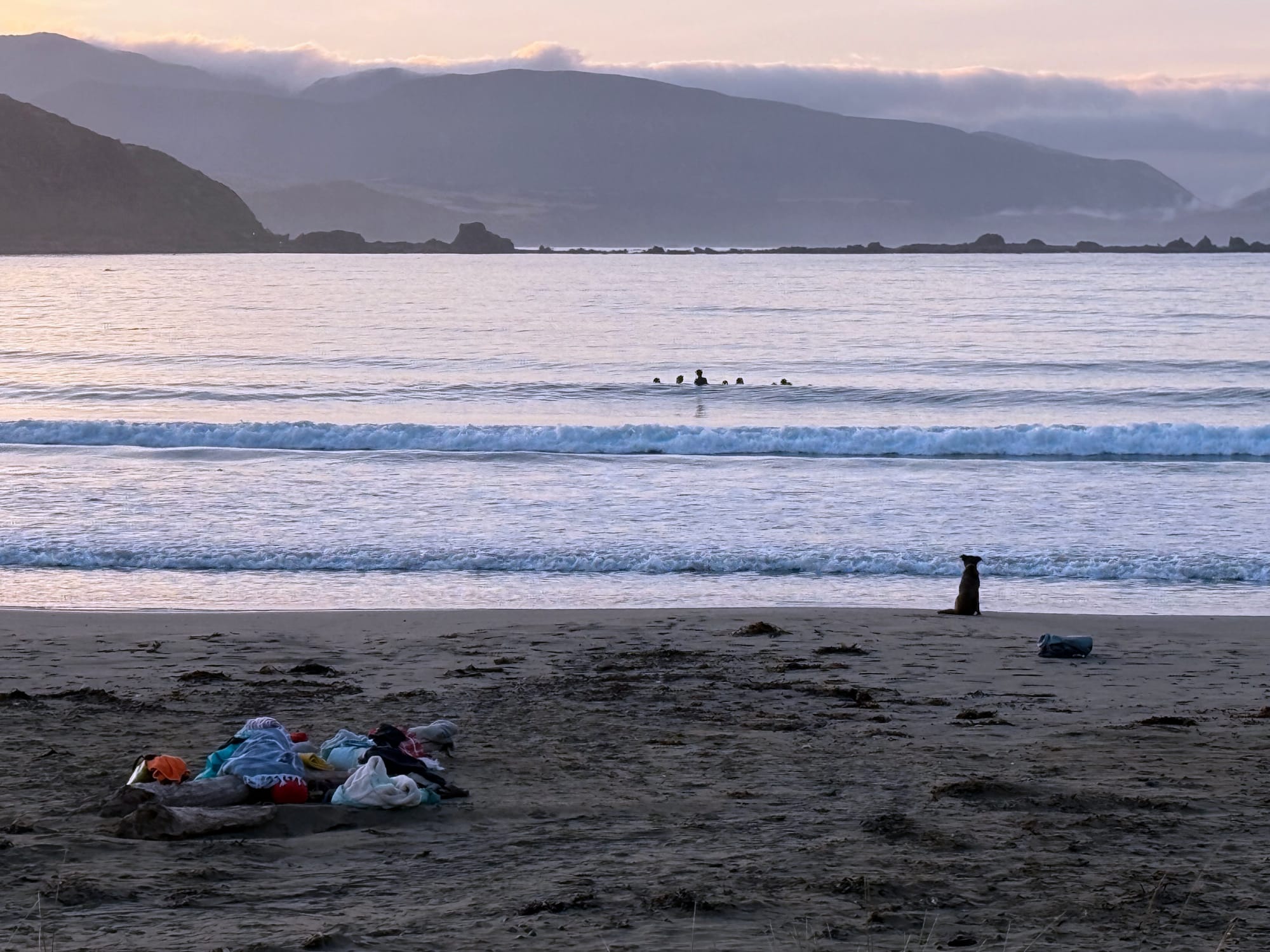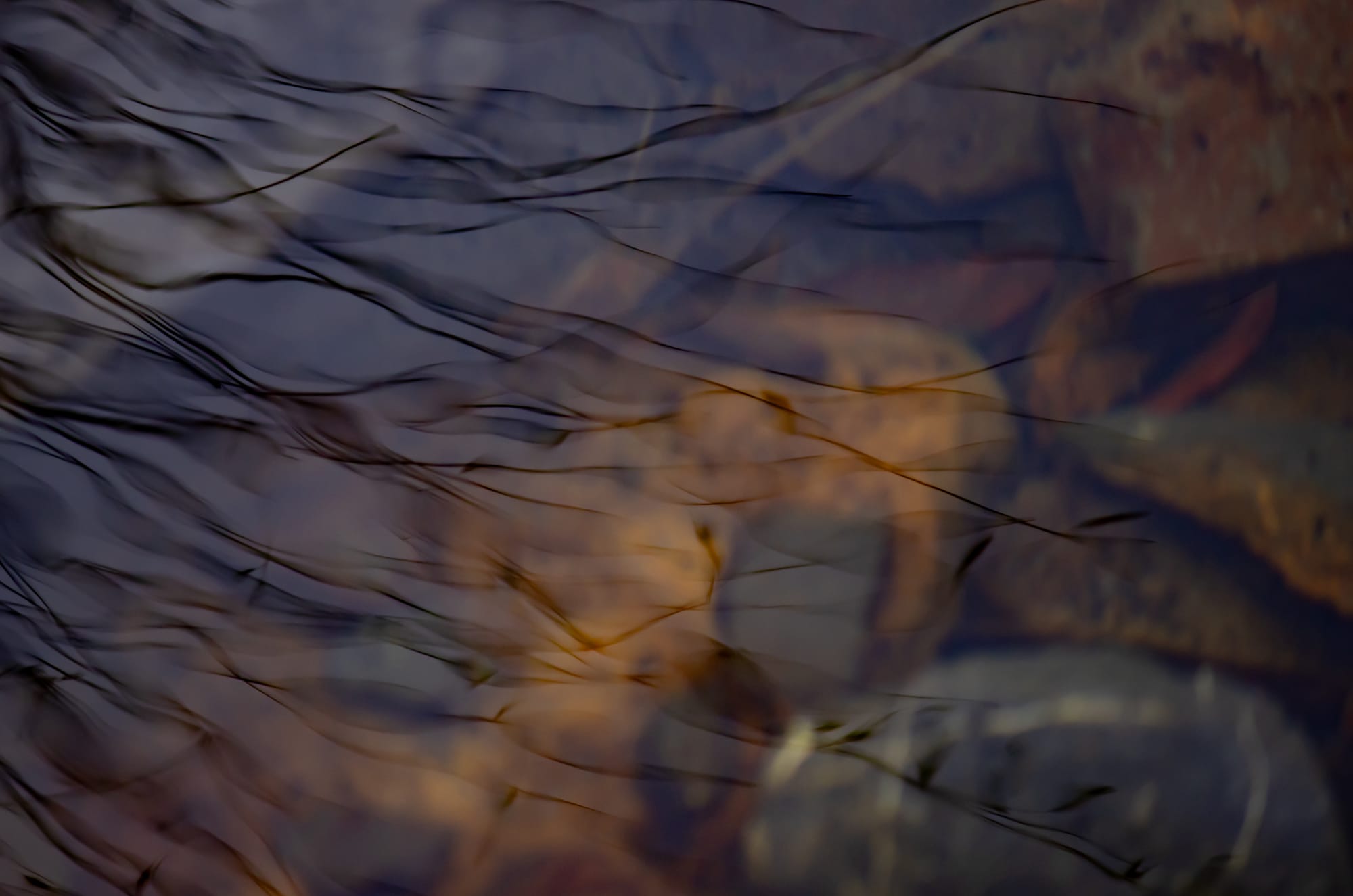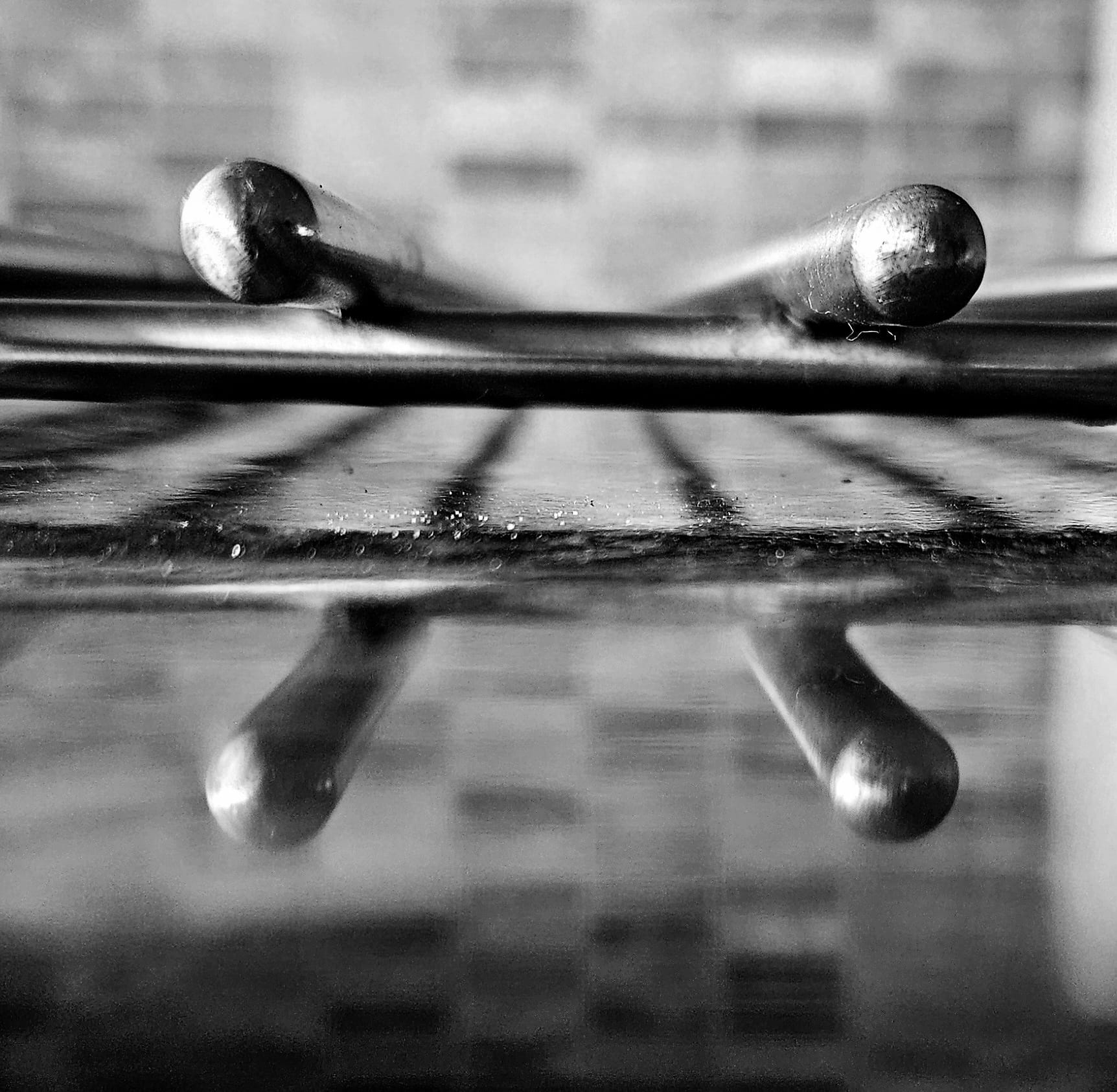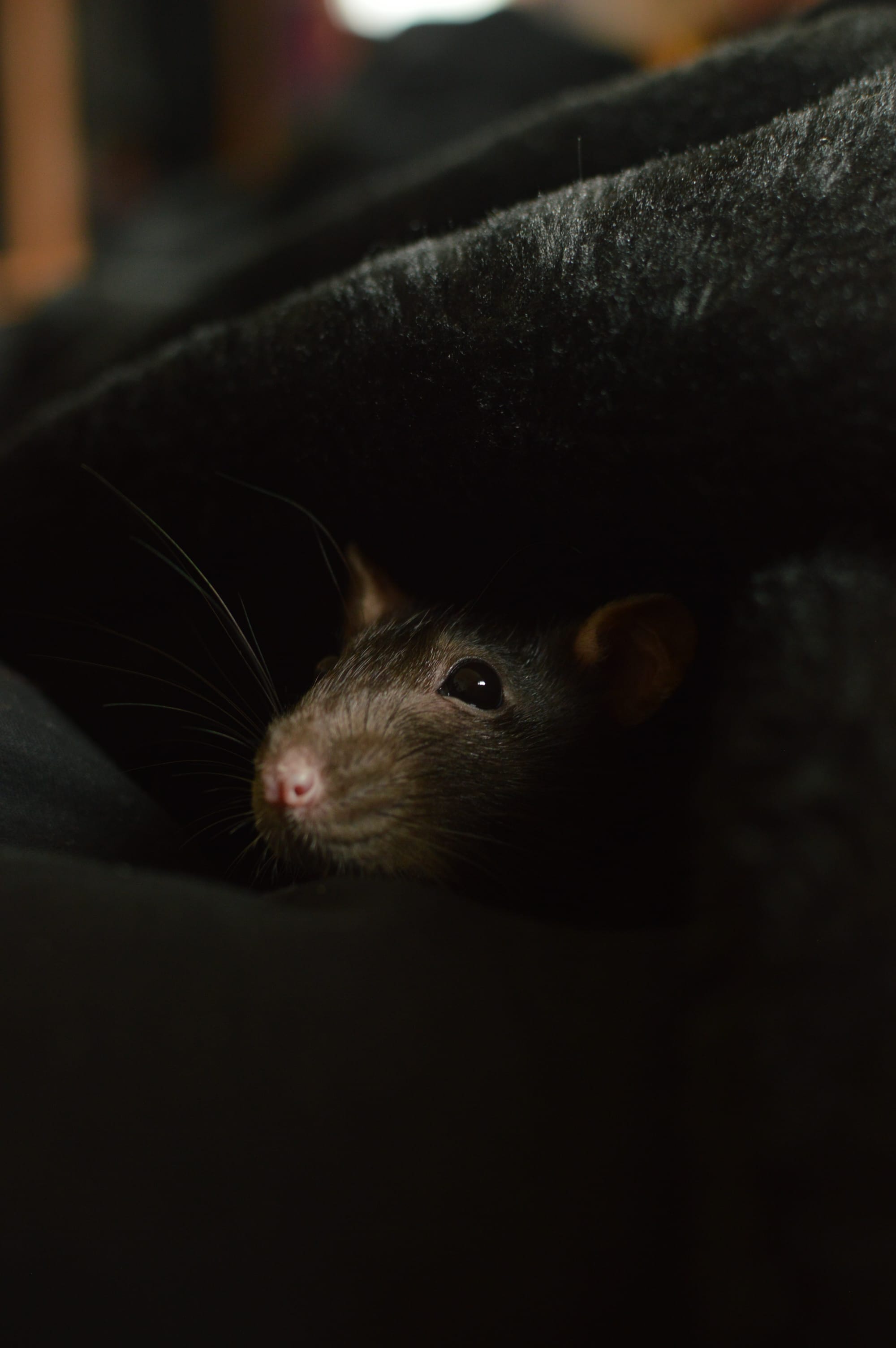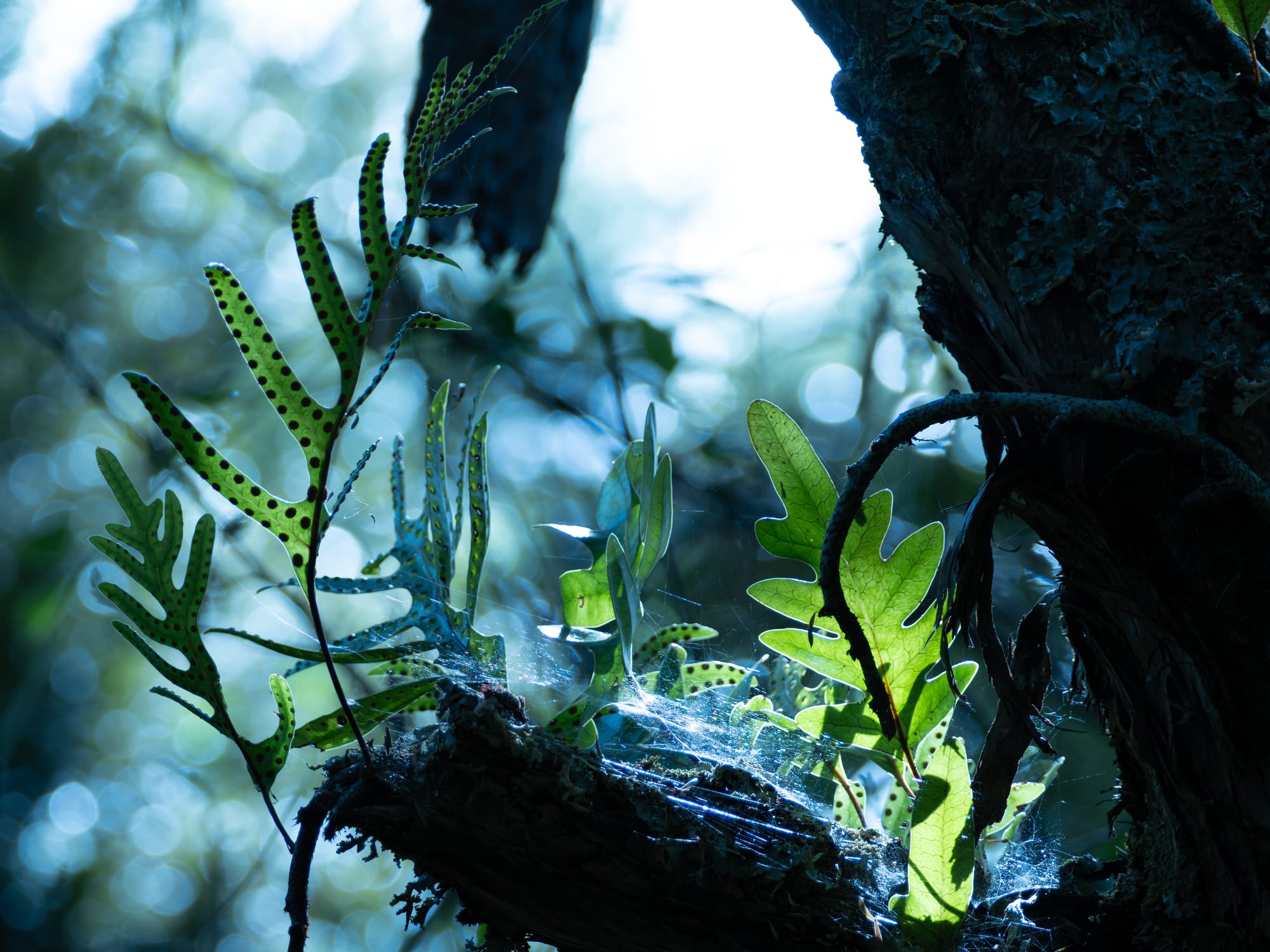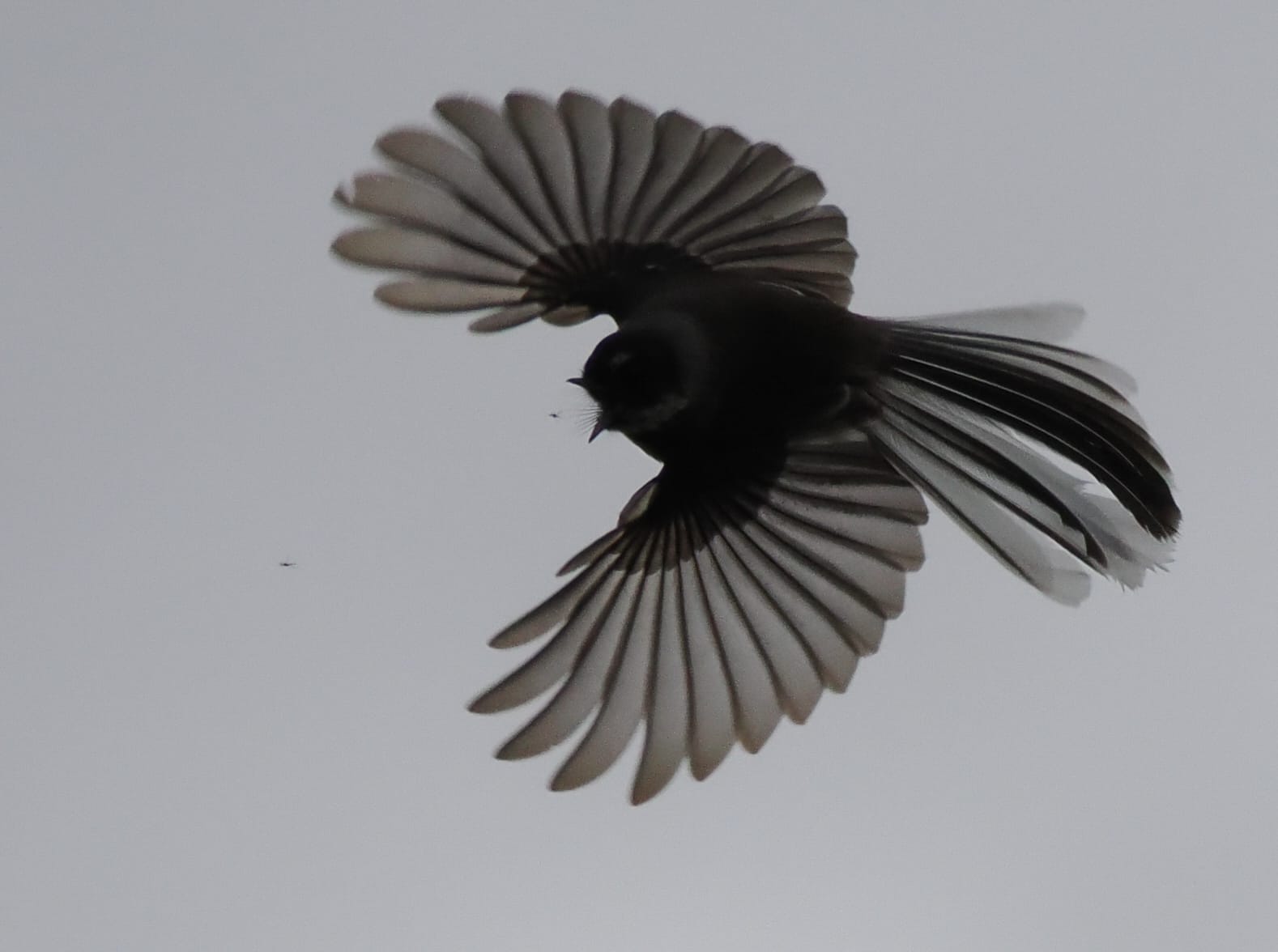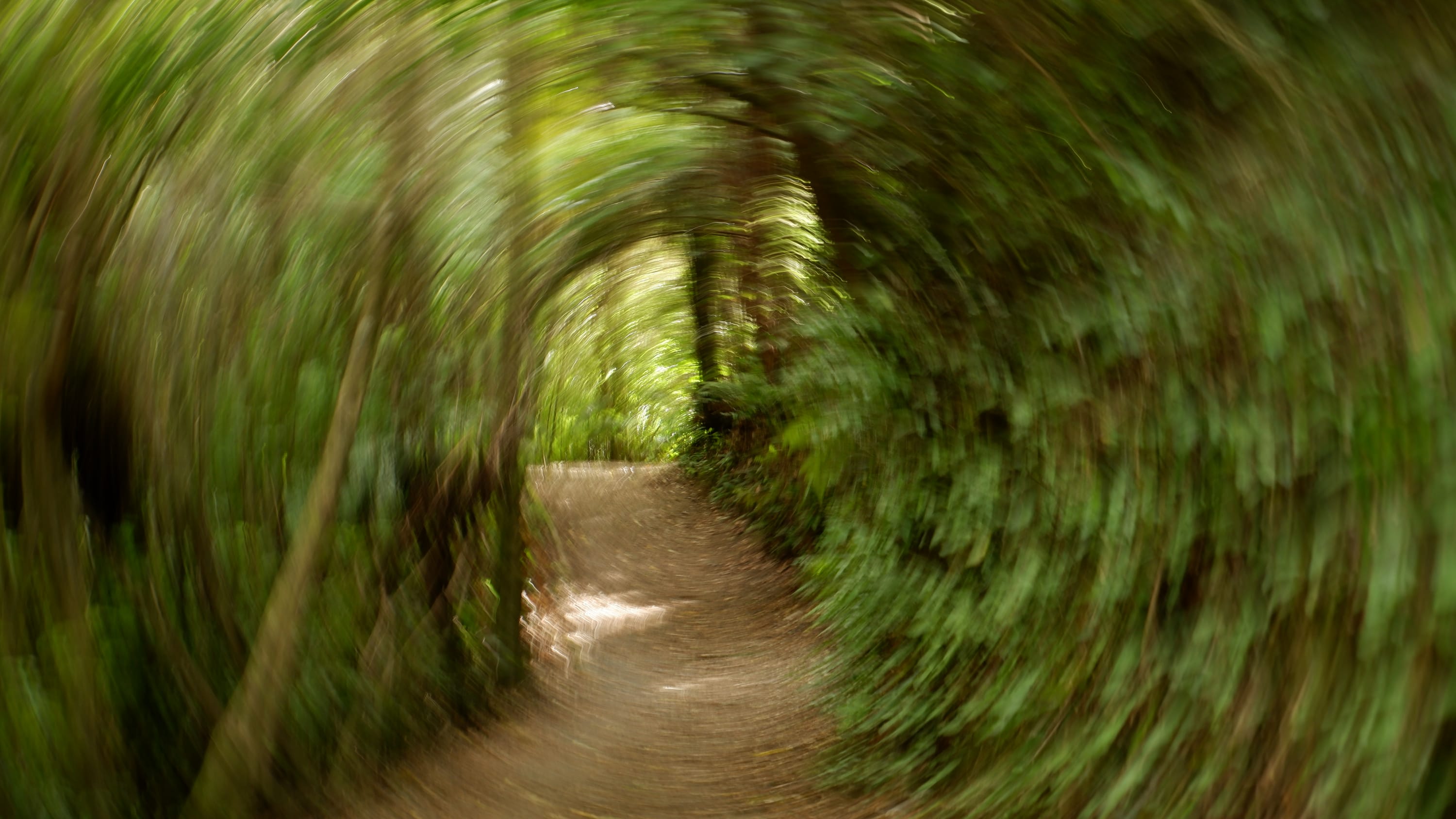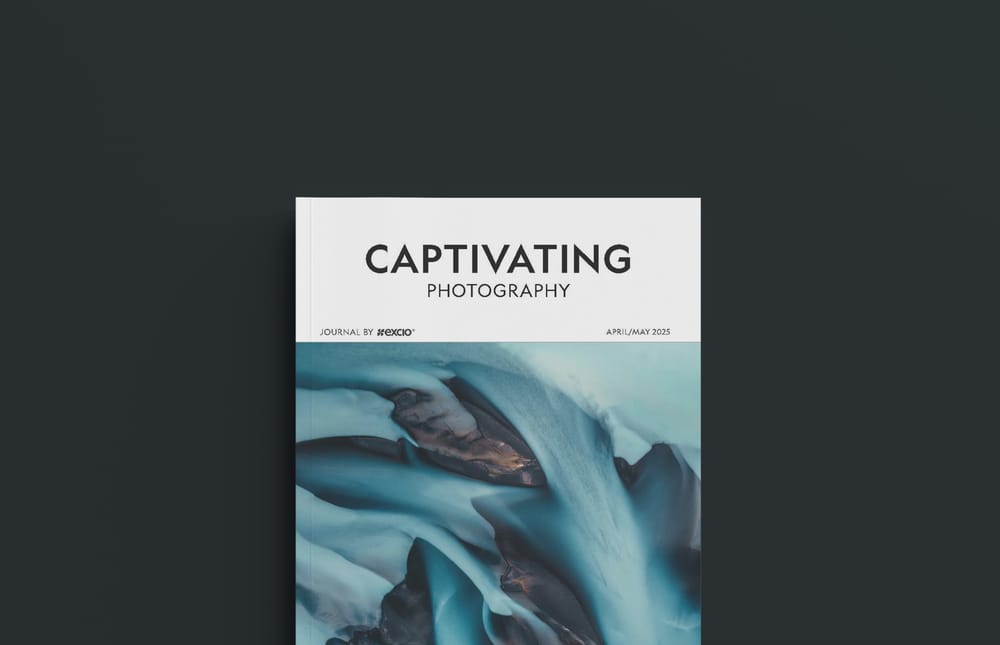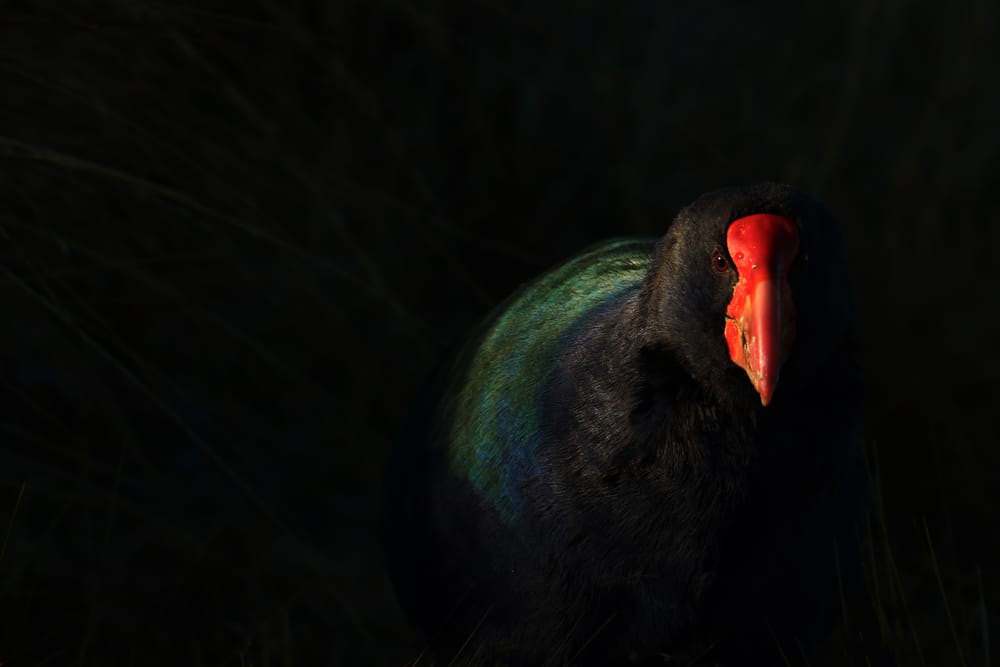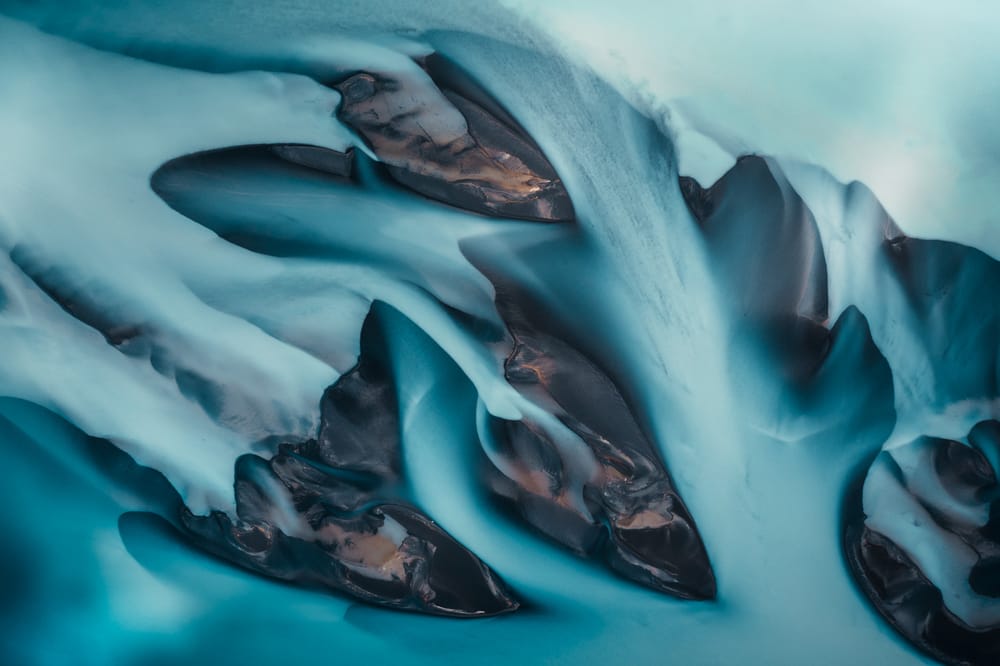We’ve all had that moment. You’re flicking through images—maybe online, maybe in a gallery—and suddenly, one photo makes you pause. It draws you in. You can’t quite explain why, but something about it holds you.
That’s the magic I wanted to explore in my Unlocking the Secrets to Captivating Images course, which I teach at the Wellington Community Education Centre. Over four weeks, together with a group of talented and curious photographers, we dove deep into what really makes an image stick. Not just what makes it “good”—but what makes it captivating.
It’s more than technique
One thing became clear early on: captivating photography isn’t just about sharpness or fancy equipment. It’s about what the image gives. A captivating photo connects with people. It sparks something—an emotion, a memory, a question.
We talked a lot about the idea of value—how every truly captivating photo gives something to the viewer. Maybe it entertains, educates, inspires, or sets a strong mood. These four pillars form the base of our captivation framework, and within them are 16 specific values, like curiosity, reflection, shock, or clarity.
Why we connect: the power of visual psychology
One of the most fascinating parts of our learning journey was exploring Gestalt principles—how our brains naturally organise and interpret visual information. Things like similarity, proximity, figure-ground, and closure play a massive role in how people read and feel images, often without even realising it.
When you understand how these principles work, you can start to use them intentionally in your photography. Suddenly, your compositions feel stronger. More balanced. More felt.
The information gap, the wonder cycle, and the awe factor
We also explored the information gap theory—how a bit of mystery or withheld detail can pull people in. Our brains want to complete the story. We looked at the wonder cycle, where a simple spark of curiosity can lead to exploration, deeper thinking, and finally, that powerful feeling of awe. It’s one of the strongest emotional responses a photograph can trigger. And when you start thinking about how to create awe—through scale, surprise, light, or contrast—it changes the way you see and shoot.
The most rewarding part
Honestly, the best part of running this course was watching how the participants started applying all these ideas in their own work. The photos they produced were thoughtful, personal, and captivating in all kinds of ways—some quiet, some bold, all full of meaning.
I’m so proud to share some of their work with you on the next pages.
And if this has sparked something in you—if you’re curious to dig deeper into what makes photos resonate—I’d love for you to join me. The next cohort starts 1 May in Wellington. You can find all the details here.
